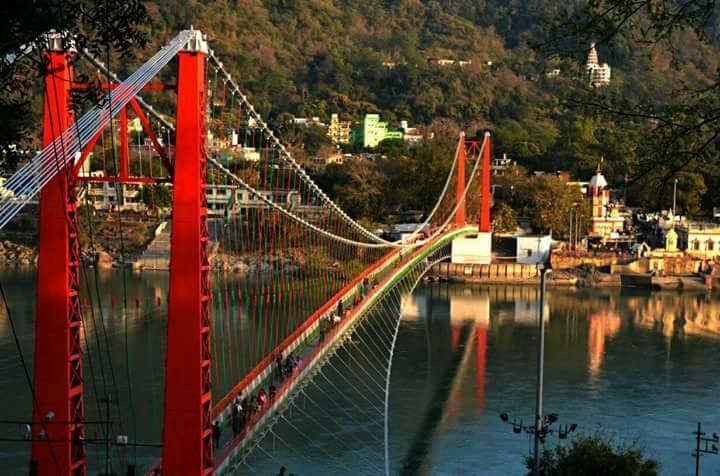Laxman Jhula is a famous suspension bridge in Rishikesh, Uttarakhand, India. Constructed in 1929, it spans the Ganges River and connects the villages of Tapovan and Jonk. The bridge is named after Lord Laxman, the brother of Lord Rama in Hindu mythology. Laxman Jhula is not only a vital pedestrian pathway but also a significant cultural and religious landmark. Pilgrims and tourists visit the bridge to experience its spiritual ambiance, witness the panoramic views of the Ganges, and explore the surrounding areas that are rich in mythological and historical significance

